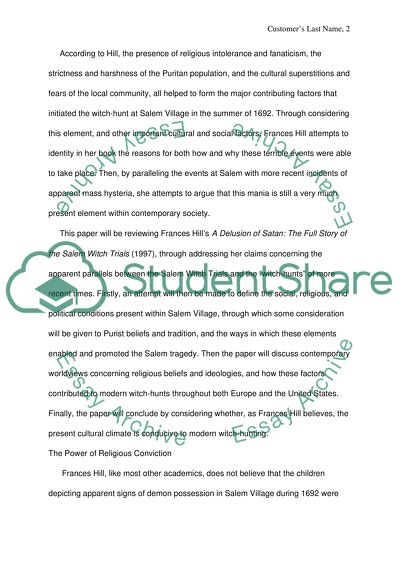Cite this document
(“A delusion of Satan by Frances Hill Book Report/Review”, n.d.)
A delusion of Satan by Frances Hill Book Report/Review. Retrieved from https://studentshare.org/literature/1530347-a-delusion-of-satan-by-frances-hill
A delusion of Satan by Frances Hill Book Report/Review. Retrieved from https://studentshare.org/literature/1530347-a-delusion-of-satan-by-frances-hill
(A Delusion of Satan by Frances Hill Book Report/Review)
A Delusion of Satan by Frances Hill Book Report/Review. https://studentshare.org/literature/1530347-a-delusion-of-satan-by-frances-hill.
A Delusion of Satan by Frances Hill Book Report/Review. https://studentshare.org/literature/1530347-a-delusion-of-satan-by-frances-hill.
“A Delusion of Satan by Frances Hill Book Report/Review”, n.d. https://studentshare.org/literature/1530347-a-delusion-of-satan-by-frances-hill.


